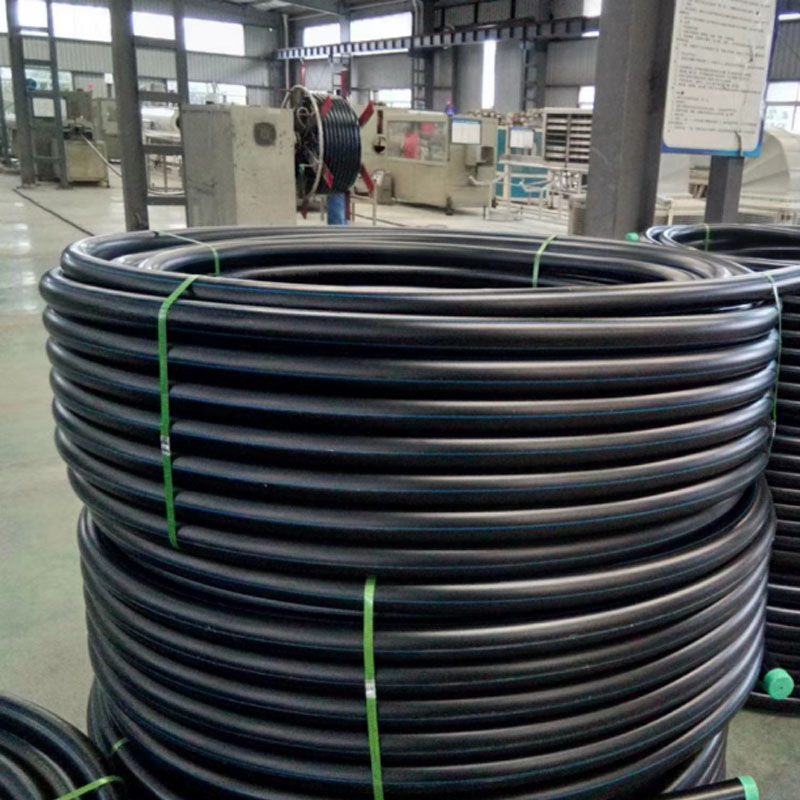Dec . 31, 2024 22:37 Back to list
Comparison of Wholesale Prices for PPR and PVC Pipes in Construction Industry
Comparing Wholesale PPR Pipe and PVC Pipe A Comprehensive Overview
When it comes to piping materials in construction and plumbing, two of the most commonly discussed options are PPR (polypropylene random copolymer) pipes and PVC (polyvinyl chloride) pipes. Each of these materials offers distinct characteristics and benefits, making them suitable for different applications. In this article, we will explore the key differences between wholesale PPR pipes and PVC pipes, focusing on their properties, applications, advantages, and disadvantages.
Material Composition and Properties
PPR pipes are made from a type of polypropylene known as random copolymer. This material is known for its flexibility, durability, and resistance to high temperatures. PPR pipes are typically available in green, white, or gray, and they are connected using a heat fusion method, where the ends of the pipes are melted and fused together to create a strong, leak-proof joint.
On the other hand, PVC pipes are composed of polyvinyl chloride, a rigid plastic that provides excellent strength and resistance to chemical corrosion. PVC pipes are commonly used in a variety of applications, including drainage, water supply, and even electrical conduits. They are usually white or light gray and are joined using solvent cement or mechanical fittings.
Applications
PPR pipes are primarily used for hot and cold water systems, heating systems, and even in certain industrial applications. Their ability to withstand high temperatures (up to 90°C or 194°F) and pressures makes them an ideal choice for potable water distribution and heating systems.
Conversely, PVC pipes are widely used for drainage, waste, and vent (DWV) systems, as well as for irrigation and electrical applications. Their chemical resistance makes them suitable for transporting liquids and gases, particularly in environments where corrosive materials are present.
wholesale ppr pipe vs pvc pipe

Advantages
Both PPR and PVC pipes come with their unique advantages. PPR pipes are known for their longevity, often lasting over 50 years without significant degradation. They are also lightweight, which makes them easier to handle and install. Furthermore, PPR pipes have a lower thermal conductivity, meaning that they do not lose heat quickly, making them advantageous for hot water systems.
PVC pipes, on the other hand, offer a cost-effective solution for many applications. They are resistant to rot, corrosion, and environmental stress, making them a popular choice for drainage and exterior applications. PVC is also extremely lightweight and easy to install, which can reduce labor costs during construction.
Disadvantages
Despite their advantages, both PPR and PVC pipes have certain downsides. PPR pipes can be more expensive compared to PVC, not just in terms of material costs but also for installation due to the required heat fusion process. Additionally, PPR pipes may require specific tools and training for proper installation.
PVC pipes, while cost-effective, have limitations in terms of temperature resistance. They typically cannot handle high-temperature applications, which can be a significant drawback in certain plumbing installations. Furthermore, PVC is a rigid material, which can make it less suitable for applications where flexibility is required.
Conclusion
In summary, the choice between wholesale PPR pipes and PVC pipes largely depends on the specific requirements of a project, including budget, application, and installation preferences. PPR pipes offer excellent resistance to high temperatures and pressures, making them ideal for heating and potable water systems. PVC pipes, while not suitable for high-temperature use, provide cost-effective solutions for drainage and irrigation applications. By weighing the advantages and disadvantages of both materials, builders, contractors, and homeowners can make informed decisions that best meet their plumbing and construction needs. Ultimately, understanding the properties of these materials is crucial for ensuring the longevity and effectiveness of piping systems in any construction project.
-
High-Quality PVC Borehole Pipes Durable & Versatile Pipe Solutions
NewsJul.08,2025
-
High-Quality PVC Perforated Pipes for Efficient Drainage Leading Manufacturers & Factories
NewsJul.08,2025
-
High-Quality PVC Borehole Pipes Durable Pipe Solutions by Leading Manufacturer
NewsJul.08,2025
-
High-Quality PVC Borehole Pipes Reliable PVC Pipe Manufacturer Solutions
NewsJul.07,2025
-
High-Quality UPVC Drain Pipes Durable HDPE & Drain Pipe Solutions
NewsJul.07,2025
-
High-Quality Conduit Pipes & HDPE Conduit Fittings Manufacturer Reliable Factory Supply
NewsJul.06,2025

